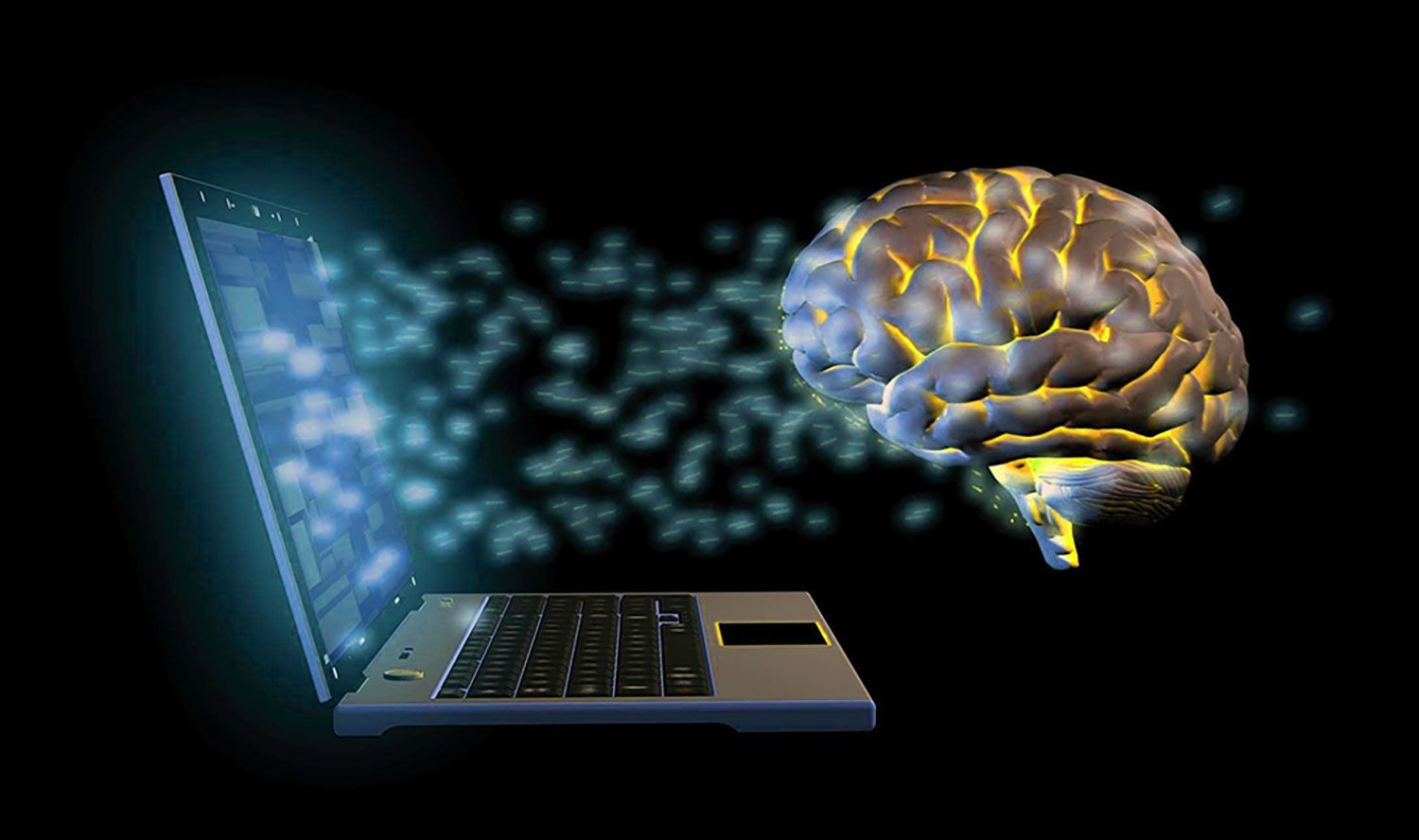Introduction
Ever dreamed of controlling a computer, a robot, or even a smart home with just your thoughts? Welcome to the mind-blowing world of Brain-Computer Interfaces (BCIs) — where science fiction meets reality. These revolutionary systems are unlocking the true potential of the human brain, allowing it to communicate directly with machines. No keyboard. No screen. Just pure thought.
Sounds like magic? It’s not. It’s the future, and it’s already happening.
Understanding the Basics
How BCIs Work
A Brain-Computer Interface is essentially a communication bridge between the brain and an external device. The process goes like this:
-
Your brain generates electrical signals when you think or intend to move.
-
These signals are captured by sensors (on or inside your head).
-
The signals are translated by algorithms into commands.
-
These commands control an external system—like a robotic arm or a computer.
Types of Brain Signals Used
The brain emits various types of signals—alpha, beta, gamma, and more. BCIs often work with:
-
EEG (Electroencephalography) signals for non-invasive interfaces.
-
ECoG (Electrocorticography) signals for semi-invasive methods.
-
Single-neuron activity for high-resolution invasive systems.
Invasive vs Non-Invasive BCIs
-
Invasive: Require surgical implants inside the skull. High precision but high risk.
-
Non-Invasive: Use wearable caps or headsets. Safe and easier to use, but less accurate.
-
Semi-Invasive: Strike a balance—better signal quality without deep brain implants.
The Evolution of Brain-Computer Interfaces
Early Research and Milestones
BCIs aren’t exactly brand-new. The first studies date back to the 1970s. But real breakthroughs happened in the 2000s when paralyzed patients could move cursors with their thoughts.
Major Players in the Industry
Some tech giants and startups leading the BCI revolution include:
-
Neuralink (Elon Musk’s company)
-
Blackrock Neurotech
-
Kernel
-
Synchron
-
CTRL-Labs (acquired by Meta)
Key Technologies Behind BCIs
Electroencephalography (EEG)
EEG is the most widely used tech in non-invasive BCIs. It measures electrical activity on the scalp using electrodes. It’s affordable and portable.
Functional MRI (fMRI)
fMRI maps brain activity by detecting blood flow changes. While incredibly precise, it’s bulky and expensive—best for lab settings.
Neural Implants and Chips
These are the future. Chips like Neuralink’s N1 implant directly into the brain to record high-resolution data. Imagine streaming your thoughts directly into a computer.
Real-World Applications of BCIs
Medical Rehabilitation
Helping Paralyzed Patients
BCIs allow individuals with spinal injuries to control robotic limbs or even type with their minds. It’s life-changing.
Restoring Vision and Hearing
Researchers are using BCIs to develop bionic eyes and neuro-hearing aids that connect directly to the brain’s sensory regions.
Neuroprosthetics and Exoskeletons
BCIs are helping amputees use robotic limbs that respond to their mental commands. Exoskeletons for walking are no longer sci-fi—they’re reality.
Cognitive Enhancement and Mental Health
BCIs can help treat depression, PTSD, and ADHD by regulating brainwave activity. Personalized neurofeedback is the new therapy frontier.
BCIs in Communication – Giving Voice to the Voiceless
People with locked-in syndrome can now communicate by spelling out words through thoughts. For them, it’s not just tech—it’s liberation.
Brain-Computer Interfaces in Everyday Life
Mind-Controlled Devices
Imagine changing TV channels, unlocking your car, or answering texts without lifting a finger. BCIs can make everyday tasks hands-free.
Gaming and Entertainment
Gamers can already play mind-controlled games. Future VR could respond to emotions and thoughts in real-time, creating a fully immersive experience.
Smart Homes and IoT
Your thermostat knows when you’re cold. Your lights dim when you’re sleepy. This isn’t a dream—it’s brainwave-powered automation.
Ethical and Privacy Concerns
Data Security and Brain Privacy
What happens if someone hacks your thoughts? BCIs raise new questions about mental data ownership and neurosecurity.
Consent and Manipulation Risks
Could thoughts be influenced or monitored without consent? Ethical frameworks need to evolve with the tech.
Societal Impact and Inequality
Will only the rich have access to cognitive enhancements? BCIs could widen the gap if not regulated properly.
Challenges Facing BCI Development
Technological Limitations
Signal noise, processing delays, and hardware limitations still restrict widespread BCI use.
Biological and Ethical Barriers
The brain is complex. Implanting tech raises concerns around safety, consent, and long-term effects.
Affordability and Accessibility
Right now, BCIs are expensive and experimental. Making them affordable and user-friendly is key to mass adoption.
Future Possibilities with BCIs
Human-AI Symbiosis
BCIs could let humans merge with AI, increasing memory, decision-making, and creativity.
Brain-to-Brain Communication
Why text when you can “think” a message to someone? Telepathy-style communication may soon be a reality.
Merging Virtual and Reality
BCIs will help us live in augmented worlds, blending digital and physical realities seamlessly.
Conclusion
Brain-Computer Interfaces are no longer just a cool idea—they’re reshaping our future. From helping the disabled walk again to enabling mind-controlled smart homes, BCIs are unlocking the true power of human thought. The possibilities are endless, but so are the challenges. As we move forward, it’s crucial to balance innovation with ethics, access with affordability, and excitement with caution.
The brain is the final frontier—and we’re learning to map, understand, and connect it to the world like never before.
FAQs
1. What are the dangers of brain-computer interfaces?
Risks include data privacy breaches, surgical complications (for invasive BCIs), and potential mental fatigue or dependency.
2. Can BCIs read your thoughts?
Not your deep thoughts or emotions—yet. They decode intent, like moving a limb or choosing a letter, based on brain signals.
3. Who are the leaders in BCI technology?
Neuralink, Blackrock Neurotech, Synchron, and Kernel are leading the charge in both invasive and non-invasive BCI tech.
4. How far are we from fully mind-controlled devices?
Basic applications exist now, but widespread adoption and reliable consumer products may take another 5–10 years.
5. Are BCIs safe for long-term use?
Non-invasive BCIs are generally safe. Invasive types are still under research for long-term safety and effectiveness.
Read More article About Future Trends & News
